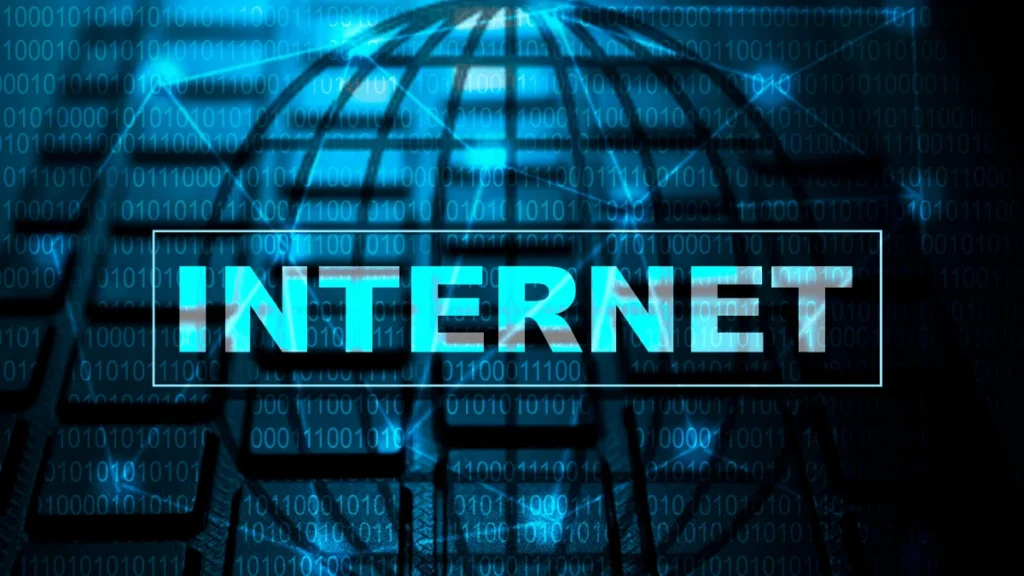Thousands of residents across Dallas and neighboring cities were abruptly knocked offline this week when a single stray bullet pierced a fiber optic line powering Spectrum’s network. The unusual cause grabbed headlines, but the story is bigger than one damaged cable. It exposes how fragile our internet backbone remains — and why redundancy, infrastructure investment, and user awareness matter more than ever.
How One Cable Took Thousands Offline
According to Spectrum, the bullet struck a key fiber optic trunk line, carrying bandwidth to thousands of homes and businesses.
When that trunk failed, service cascaded down, leaving users in Dallas, Plano, Irving, and beyond without internet for several hours. Outage maps from DownDetector showed peak reports topping 25,000.
Unlike copper, fiber optic cables don’t degrade gradually when damaged — a single break can instantly sever communication across entire segments. That’s what made the outage both sudden and far-reaching.
Why Fiber Optic Networks Are So Vulnerable
The Dallas incident is bizarre, but not unique. Fiber cables are routinely cut by:
- Construction crews digging without accurate utility maps.
- Severe weather snapping aerial lines.
- Vehicle accidents hitting utility poles.
- Vandalism or theft, as fiber cables are sometimes mistaken for valuable copper.
In 2022, for example, multiple states saw mass outages after fiber cables were damaged by backhoes during highway projects. The Dallas event simply underscores how even low-probability, high-impact events can expose infrastructure weak points.
Also Read: Windows 10 Isn’t Really Dead Yet — How ESU Buys You One More Year of Security
Why Redundancy Didn’t Save the Day
On paper, most large ISPs claim their networks are “redundant.” In practice, redundancy only works if:
- Alternate fiber paths exist in the same region.
- Traffic can be rerouted without overwhelming backup lines.
- Failover happens in seconds, not hours.
In Dallas, the outage lingered for nearly three hours — suggesting Spectrum’s failover routes were either insufficient or located too far from the damage point. For consumers, this means redundancy often isn’t as reliable as marketing suggests.
What Consumers Can Do When Outages Strike
When the internet goes down, most users feel powerless. But there are steps you can take to stay connected and reduce disruption:
- Check official outage maps via Spectrum Storm Center or DownDetector.
- Switch to mobile data or hotspotting for critical work tasks.
- Restart routers and modems after service is restored to clear error states.
- Consider a backup ISP — even a low-cost DSL or 5G home internet plan can provide redundancy for remote workers.
- Document downtime — if outages are frequent, you may be eligible for bill credits.
What ISPs Need to Learn
The bigger lesson is for internet providers. One stray bullet shouldn’t be able to silence an entire metro area. To build resilience, ISPs need to:
- Harden critical fiber runs by burying or shielding them.
- Invest in path diversity so multiple fiber rings cover each region.
- Deploy faster failover routing to minimize downtime.
- Improve public communication during outages with real-time transparency.
The Dallas incident highlights how internet infrastructure hasn’t evolved as quickly as demand. Gigabit speeds are advertised widely, but true resilience — the ability to withstand physical damage — remains uneven.
Why This Matters Beyond Dallas
Dallas may be the latest headline, but similar outages have occurred in New York, California, and the Midwest when a single backhoe or storm took down lines. As remote work, telehealth, and cloud services become central to daily life, the cost of downtime rises sharply.
An hour of lost internet for a household is an inconvenience. For a business, it can mean missed orders, stalled customer support, or lost revenue. For hospitals and public services, the stakes are even higher.
Also Read: What Most Companies Get Wrong About SOC Strategy Explained by an Expert
The Stray Bullet That Proved a Point
A stray bullet cutting off thousands of homes feels like a quirky news story — but it’s actually a wake-up call. The modern internet may feel invisible and untouchable, but at its core, it still depends on fragile physical cables strung across poles and buried in dirt.
Until providers invest more heavily in protection and redundancy, consumers will remain at risk of sudden outages from the most unlikely causes. For now, the best defense for households and businesses is preparation: backup connections, mobile hotspots, and awareness of how to react when the unthinkable happens.
Hi there! I’m Nick Cullen. As the Senior Content Editor with Solution Suggest, my responsibility is to scrutinize and refine our articles and reviews, focusing on software solutions, games, apps, and websites. I’m dedicated to delivering reliable and enlightening content that offers viable alternatives to your current digital tools. If you have any suggestions or inquiries, you can reach me at editor@solutionsuggest.com. Also, I invite you to connect with me on LinkedIn!
